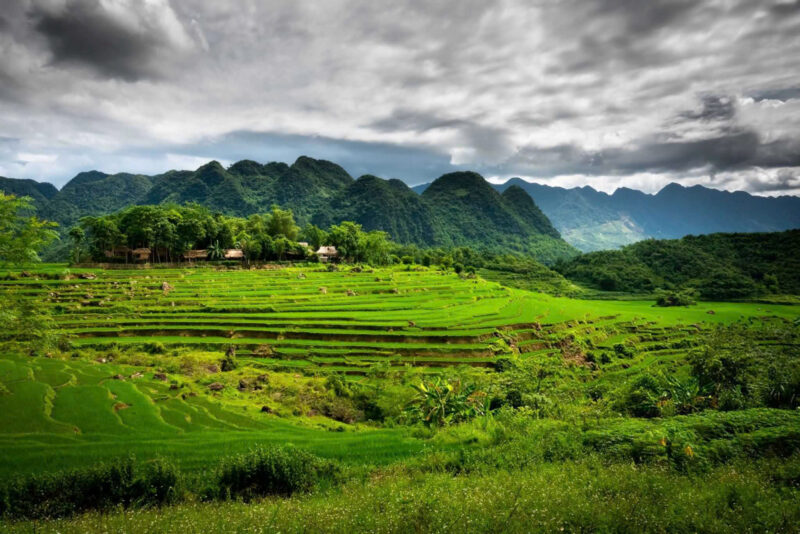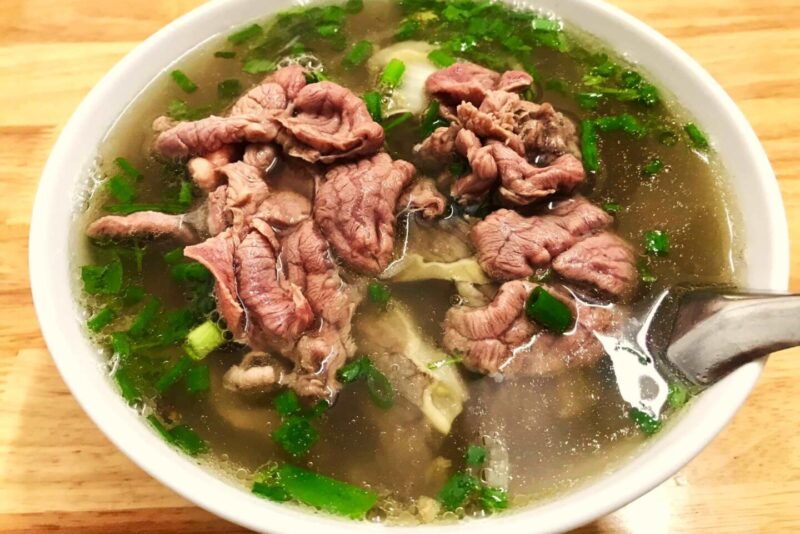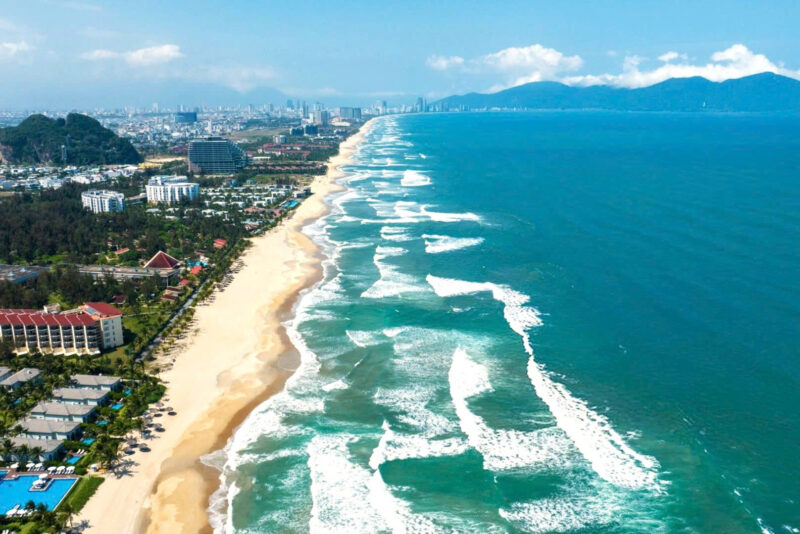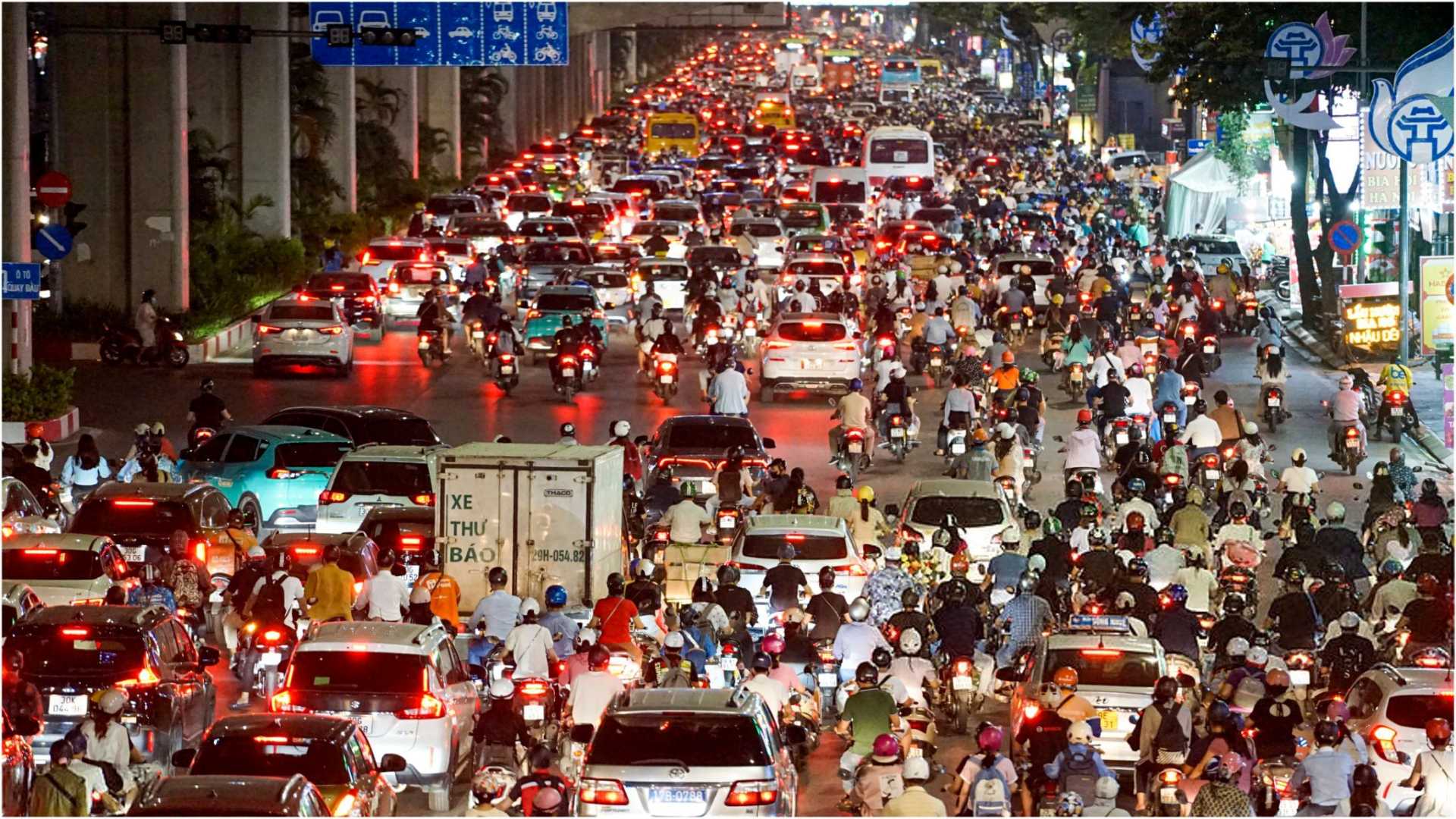 Traffic in Hanoi and Ho Chi Minh City, Vietnam’s two largest cities, is dynamic, chaotic, and fascinating to observe. While it may seem overwhelming at first glance, it is an essential part of the local culture and daily life. Here’s an overview of traffic in these bustling cities
Traffic in Hanoi and Ho Chi Minh City, Vietnam’s two largest cities, is dynamic, chaotic, and fascinating to observe. While it may seem overwhelming at first glance, it is an essential part of the local culture and daily life. Here’s an overview of traffic in these bustling cities
General Characteristics of Traffic
Dense Traffic Flow: Both cities are densely populated, and the streets are often packed with motorbikes, cars, bicycles, buses, and pedestrians, particularly during rush hours (7:00–9:00 AM and 4:30–7:00 PM).
Motorbike Dominance: Motorbikes are the primary mode of transportation, with millions of them zipping through narrow streets and boulevards alike. They are often laden with goods, passengers, or even livestock, showcasing the ingenuity of riders.
Unwritten Rules: Traffic operates more on intuitive and adaptive behaviors than on strict adherence to rules. Drivers rely on eye contact, horn honking, and careful maneuvering rather than formal traffic lights and signs.
Traffic in Hanoi
Narrow Streets: Hanoi’s Old Quarter is famous for its labyrinth of narrow streets. These can become congested quickly, especially with street vendors and parked vehicles adding to the challenge.
Cyclo and Pedestrian Interactions: Tourists often share the roads with cyclos (three-wheeled bicycle taxis) and locals walking amidst the traffic, creating a lively but crowded atmosphere.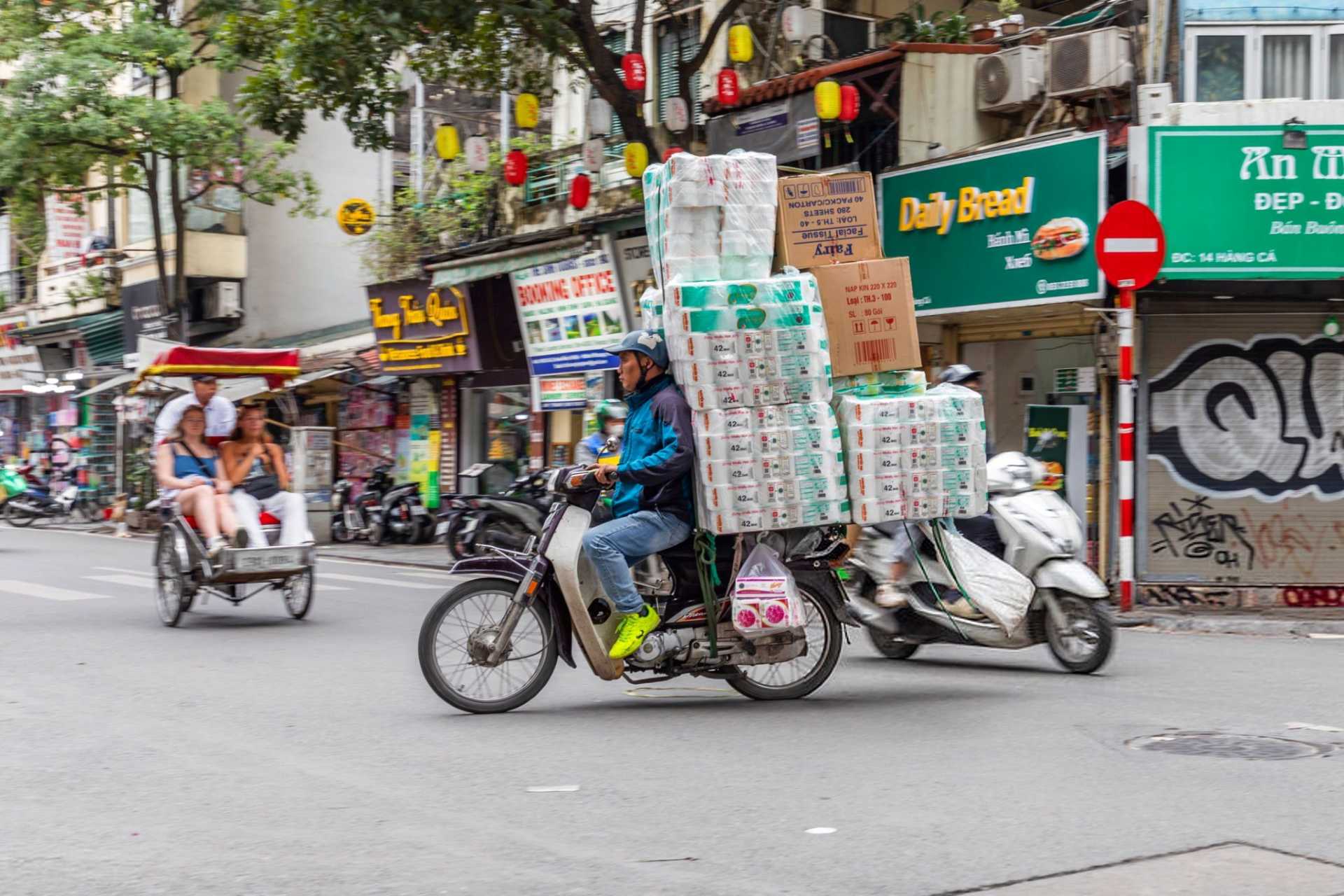
Distinctive Horn Sounds: The constant sound of horns in Hanoi is both a means of communication and a background soundtrack to the city.
Pace of Traffic: Traffic moves at a slower pace compared to Ho Chi Minh City, reflecting Hanoi’s more traditional and reserved character.
Traffic in Ho Chi Minh City
Wide Boulevards: Ho Chi Minh City boasts wider streets and a more modern infrastructure in many areas, but traffic jams are just as frequent.
More Cars: There is a noticeably higher number of cars in Ho Chi Minh City, reflecting its modern and fast-paced lifestyle.
Dynamic and Fast-Paced: Traffic tends to flow faster here than in Hanoi, and the city’s vibrant energy is evident in its bustling streets.
Bikes and High Rises: You’ll often see motorbikes weaving between high-rise buildings, reflecting the mix of old and new.
Challenges of Urban Traffic
Rush Hour Congestion: Both cities experience significant congestion during peak hours, with vehicles often moving at a crawl.
Air Pollution: The sheer volume of vehicles contributes to air pollution, especially in densely packed areas.
Navigating Intersections: Large intersections without traffic lights can be a test of patience and adaptability, as vehicles from all directions attempt to flow through simultaneously.
Tips for Navigating Traffic
Crossing the Street:
-
- Step into the road with confidence.
- Move steadily and predictably.
- Avoid sudden stops, as drivers will anticipate your path and adjust.
Using Ride-Share Services: Apps like Grab and Gojek offer convenient motorbike or car rides, allowing you to avoid the stress of driving yourself.
Public Transportation: Hanoi and Ho Chi Minh City are expanding their bus and metro systems, offering an alternative to the chaotic streets.
Explore by Foot: In quieter areas, walking can be a great way to soak in the atmosphere, but always stay alert.
Conclusion
Traffic in Hanoi and Ho Chi Minh City can seem like organized chaos, but it reflects the vibrant and adaptable spirit of Vietnam. Whether you’re riding a motorbike, taking a taxi, or simply observing from the sidewalk, the traffic becomes part of the unique charm of these two incredible cities.

